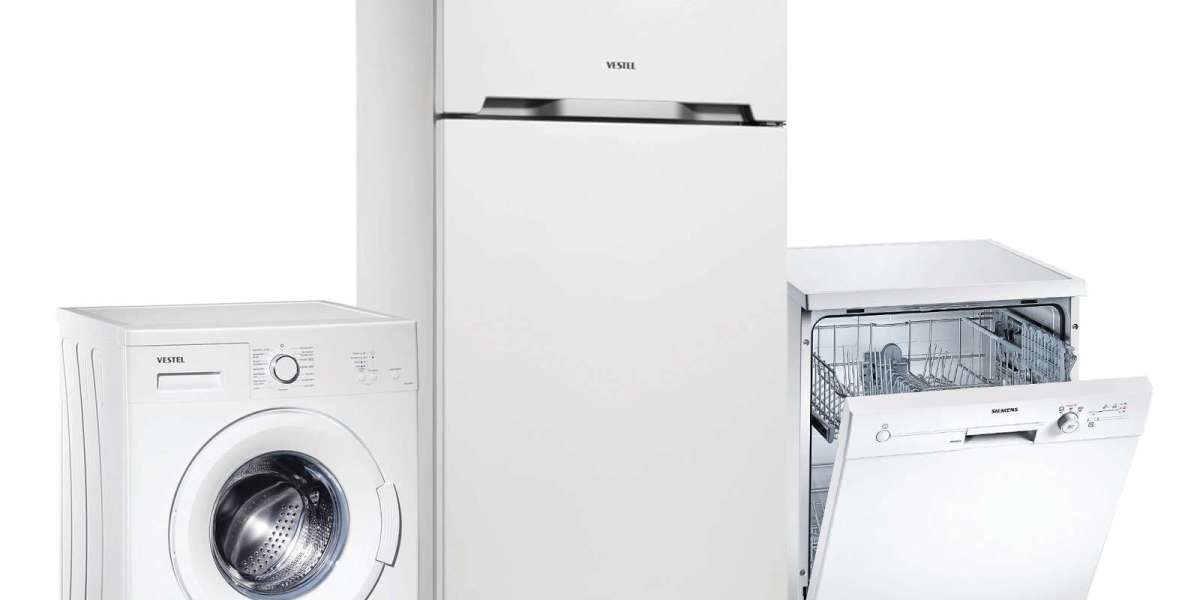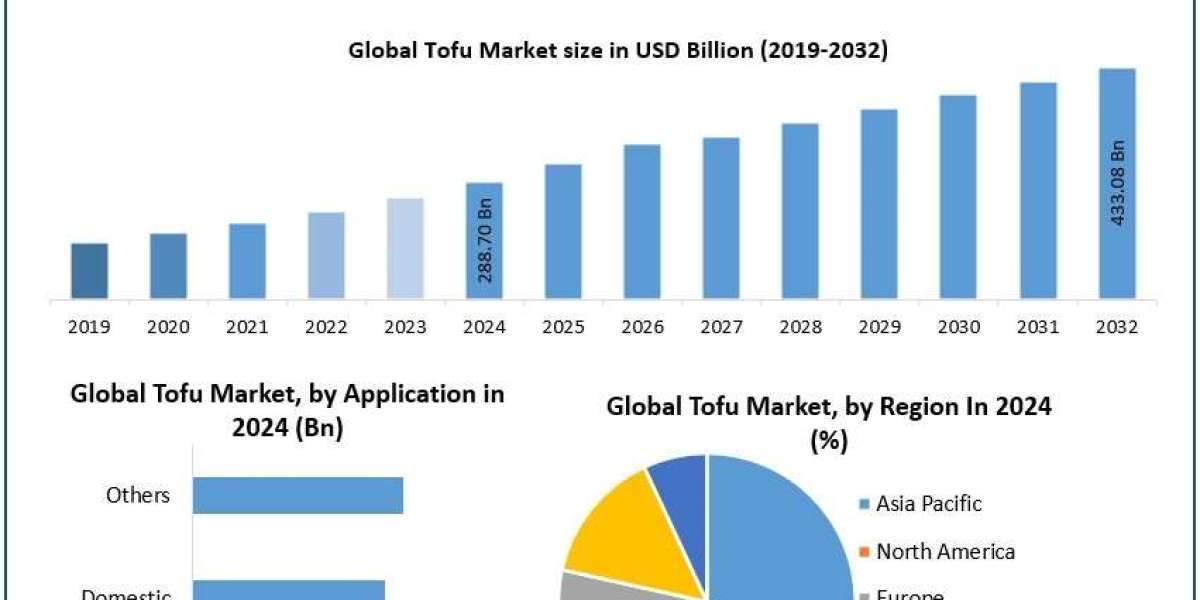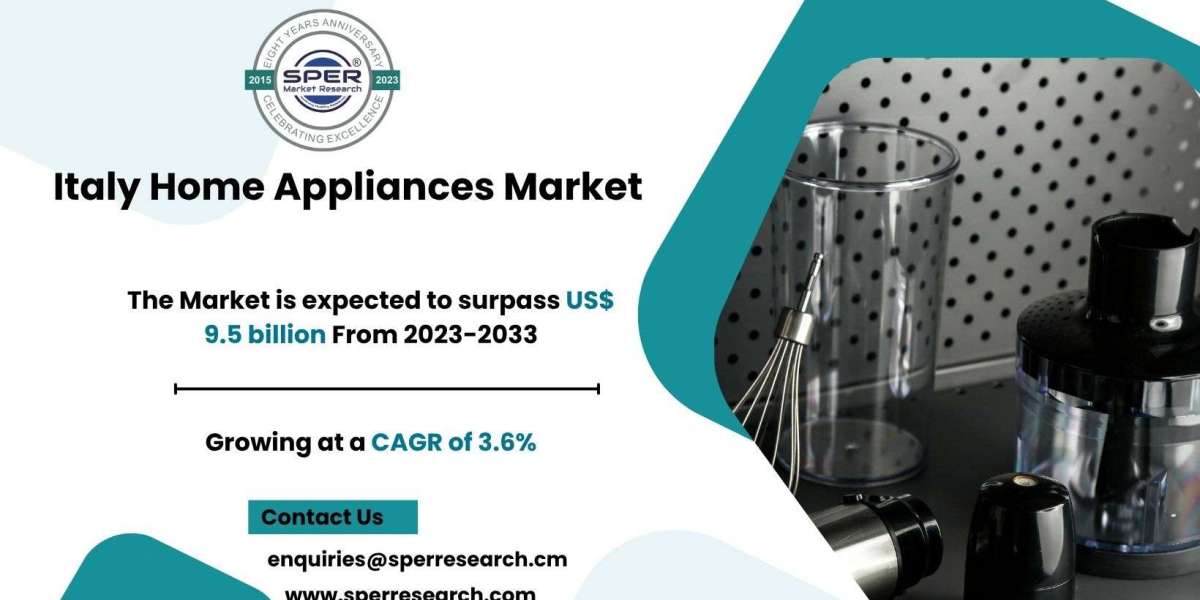The white goods market has shown significant growth in recent years, driven by technological innovations, consumer demands for efficiency, and increased disposable incomes. However, despite these promising trends, the industry faces numerous challenges that could hinder its long-term expansion. These challenges impact manufacturers, consumers, and market dynamics across the globe. Below are the critical obstacles that the white goods market is currently navigating.
Regulatory Compliance and Standards
One of the most significant challenges faced by the white goods market is the increasing stringency of regulatory standards. Governments around the world are continuously introducing more stringent environmental laws aimed at reducing energy consumption and carbon emissions. As a result, manufacturers are required to invest heavily in R&D to ensure that their products comply with energy efficiency standards, which can increase production costs. Furthermore, these regulations vary across regions, making it difficult for global manufacturers to maintain consistency in their offerings. Non-compliance could lead to penalties or product recalls, which can damage a brand's reputation and financial stability.
High Production Costs
The growing demand for advanced technology, especially smart appliances integrated with the Internet of Things (IoT), has resulted in higher production costs for manufacturers. While these innovations offer better functionality and convenience, they also require more complex components, research, and development. The cost of sourcing raw materials, particularly rare earth metals and electronic parts, has been on the rise. Additionally, with the increasing demand for eco-friendly products, manufacturers are also facing higher costs related to sustainability efforts, such as sourcing environmentally friendly materials and ensuring the recyclability of appliances.
Supply Chain Disruptions
The white goods market, like many other industries, is facing significant disruptions in the global supply chain. The COVID-19 pandemic and geopolitical tensions have highlighted the vulnerabilities of global supply chains, leading to delays in production and increased shipping costs. Shortages of key components, such as semiconductors and microchips, have further hindered the production of white goods. These disruptions not only delay product launches but also increase operational costs, which can be passed on to consumers in the form of higher prices, affecting demand.
Intense Competition
The white goods market is highly competitive, with numerous brands competing for market share. Major global players like Whirlpool, Samsung, LG, and Haier dominate the industry, but they face increasing competition from local and regional manufacturers who offer lower-priced alternatives. This intense competition places pressure on manufacturers to continually innovate, improve quality, and reduce costs. Additionally, as more players enter the market, it becomes challenging for companies to differentiate their products effectively, especially in the mid-range segment, where price sensitivity is higher.
Consumer Preferences and Changing Lifestyles
Consumer preferences are continually evolving, and manufacturers must keep up with these changing demands. For instance, there is a growing preference for energy-efficient and eco-friendly products, which has led to the demand for appliances that use less energy and produce fewer emissions. Moreover, with more consumers adopting smart home technologies, there is an increasing need for appliances that are compatible with digital platforms, voice assistants, and other smart devices. Manufacturers that fail to meet these changing demands risk losing market share to competitors that offer more innovative and future-proof products.
Economic Uncertainty
Economic fluctuations and uncertainty can have a profound impact on the white goods market. In times of economic downturn, consumer spending tends to decline, and large, expensive household appliances are often put on hold. For example, during a recession, consumers may delay purchasing major appliances like refrigerators or washing machines, opting instead for repairs or cheaper alternatives. Additionally, inflation and rising interest rates can make it more difficult for consumers to afford new products, which negatively affects sales in both developed and emerging markets.
Environmental Impact and Sustainability
With increasing awareness of environmental issues, the demand for eco-friendly and sustainable white goods has surged. Consumers are now more conscious about the environmental impact of their appliances, including the energy consumption and disposal of products at the end of their lifecycle. Manufacturers are under pressure to design products that are energy-efficient, recyclable, and produced with sustainable materials. However, the transition to greener manufacturing practices can be costly, and many smaller manufacturers may struggle to meet these sustainability standards. Additionally, the proper disposal and recycling of old appliances pose another challenge, as many regions lack the infrastructure to handle such waste effectively.
Technological Advancements
The rapid pace of technological advancement in the white goods market can be both an opportunity and a challenge. While new technologies like AI, IoT, and smart connectivity have opened up new possibilities for manufacturers and consumers, integrating these technologies into appliances is expensive and complex. Additionally, the speed at which technology evolves can lead to shorter product lifecycles, meaning that appliances may quickly become outdated. This puts pressure on manufacturers to continually upgrade their products, which can be costly and resource-intensive.














